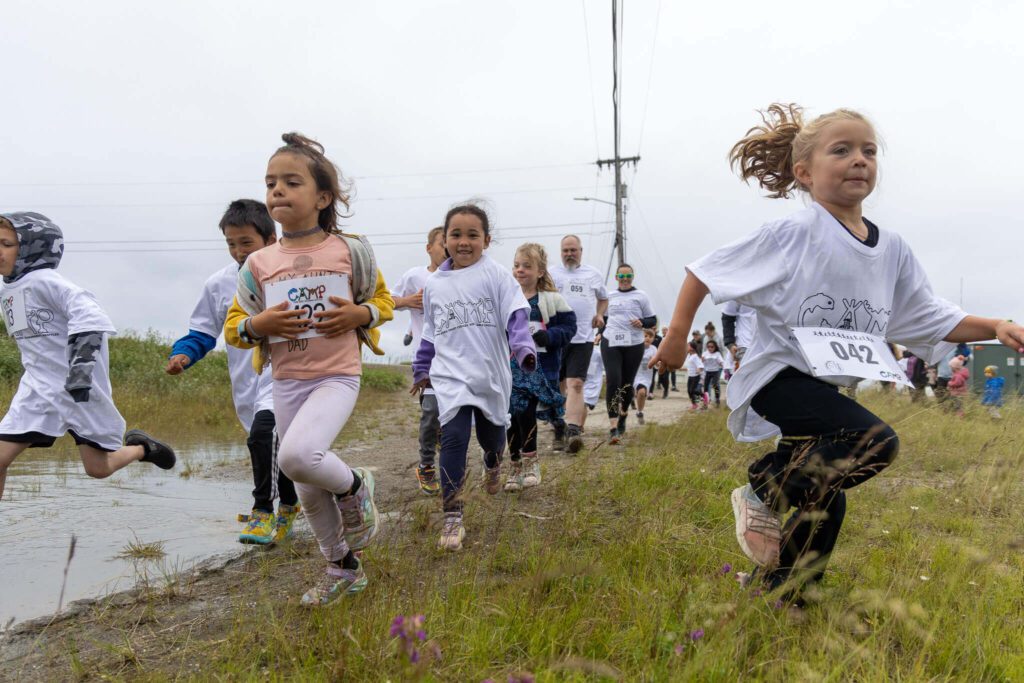With salmon season just around the corner, Norton Sound Economic Development Corporation is making efforts to bolster its salmon rehabilitation projects in Western Alaska.
The program has a simple goal: To boost declining chum, coho and Chinook salmon populations in the Norton Sound region.
Wes Jones is Norton Sound’s Fisheries Research and Development Director. He said the rehabilitation plan started with chum salmon on the Snake River in 2005. Researchers took salmon eggs from known spawning grounds in late summer, incubated them to the eyed stage of development — then reintroduced them to parts of the river where salmon have disappeared, or didn’t spawn much to begin with.
“And now where we’re planting our fish and spawning, there’s fish coming back there and spawning and a lot more fish than have been there in recent times,” said Jones.
He said the hope is that as the salmon population matures, they will return to the new spawning grounds and start to populate (or repopulate) the area. He said the successes so far have been encouraging — even if the project is slow to demonstrate results.
Salmon have lifespans ranging from four to seven years, depending on species. Meaning that Chinook salmon eggs “planted” last summer won’t even mature to spawning age for at least 5 years. Jones said this has been especially frustrating in the wake of statewide budget cuts — which knocked out several grants that previously supported the project.
“You’ve done it for maybe 3 or 4 years and you’ve just gotten it to the point where you’re going to start seeing returns, and I’m going to stop funding it and see how the returns come along — well, if they’re good, you’ve now created a gap in the future,” he said.
NSEDC has stepped in to make up the difference — fully funding a rehabilitation project for chum in the Nome subdistrict, a project for Chinook in Unalakleet’s South River, and an independent Chinook recovery initiated by the Native Village of White Mountain. NSEDC’s Communication Director Laureli Ivanoff said “the board’s decision shows they’re committed to seeing those projects continue,” despite cuts at the state level.
Of course, not all roadblocks to rehabilitation are financial. Jones said seasonal escapement goals and current salmon runs also dictate the success of the project.
For example, researchers can only harvest and re-plant Chinook eggs if the population has met its escapement goal for the year — something that has postponed incubation in years when escapement is not met.
“We spend a lot of money gearing up for these projects, and not to have them go is kind of a hit,” he said.
Jones is hopeful about the approaching summer season, and optimistic that communities throughout the Norton Sound will see notable returns in the future.







